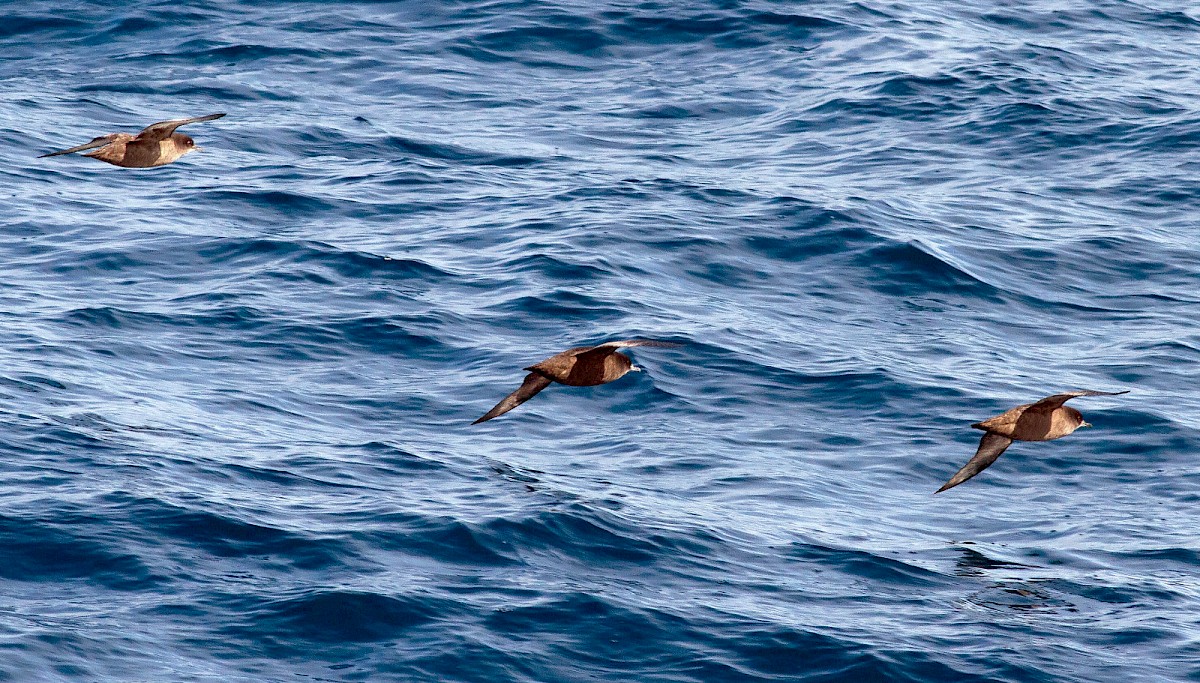Murihiku Regeneration is working with partner Heritage Expeditions and with the Department of Conservation (DOC) to carry out research and monitoring in the Ross Sea Sector from Murihiku to Antarctica.
Our research supports the objectives of the Ross Sea Region Marine Protected Area (MPA) in the wider context of how this region is linked to Murihiku/Te Waipounamu.
This programme represents the first indigenous-led Antarctic Research Programme in the world.
A partnership for conservation and knowledge
 Programme Director Riki Nicholas and Science Advisor Dr Regina Eisert on expedition in the Ross Sea, Antarctica. Photo: C. AitchisonOur Murihiku ki te Tonga (MKTT) programme is supported by a partnership including Ngāi Tahu, Government agencies, industry partners, and researchers.
Programme Director Riki Nicholas and Science Advisor Dr Regina Eisert on expedition in the Ross Sea, Antarctica. Photo: C. AitchisonOur Murihiku ki te Tonga (MKTT) programme is supported by a partnership including Ngāi Tahu, Government agencies, industry partners, and researchers.
The Director of the Murihiku ki Te Tonga Programme is Riki Nicholas. The MKTT Science Team is led by Prof Michael Stevens, Director of the Ngāi Tahu Research Centre at the University of Canterbury. Dr Regina Eisert serves as the MKTT Chief Scientist. Our Team draws on a wide range of leading experts both from New Zealand and overseas. As outlined in our position paper (PDF, 1.73 MB) presented in June 2024, the purpose of MKTT is to create a new Alliance of national and international partners from all sectors for the sustainable stewardship of Te Moana-tāpokopoko-a-Tāwhaki.
Research context
Marine predators such as seabirds, seals, and whales integrate changes in marine productivity due to both natural cycles and the long-term shifts in baselines resulting from climate change.
Historic records such as the tītī harvest kept by Ngāi Tahu ki Murihiku provide a priceless archive of climate information and closely track El Niño-Southern Ocean (ENSO) events.
Find out more: Changes in sooty shearwater Ardenna grisea chick production and harvest precede ENSO events.
 Tītī (Ardenna spp.) at sea, spotted in the northern Ross Sea region. Photo: R. Eisert
Tītī (Ardenna spp.) at sea, spotted in the northern Ross Sea region. Photo: R. Eisert
